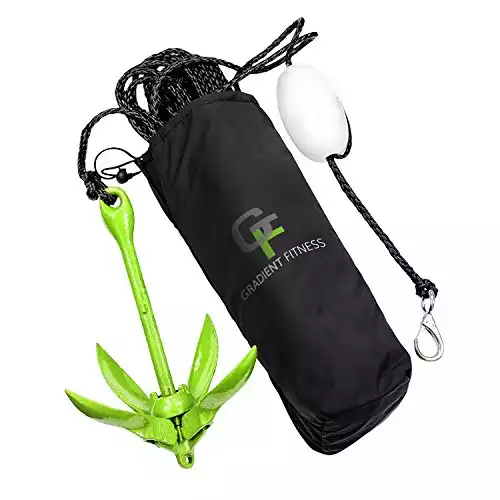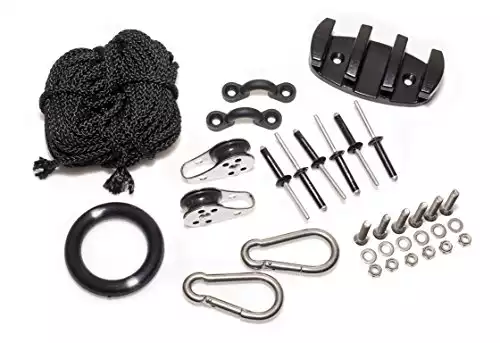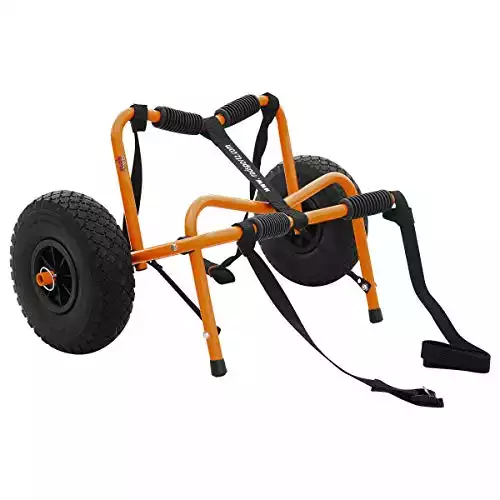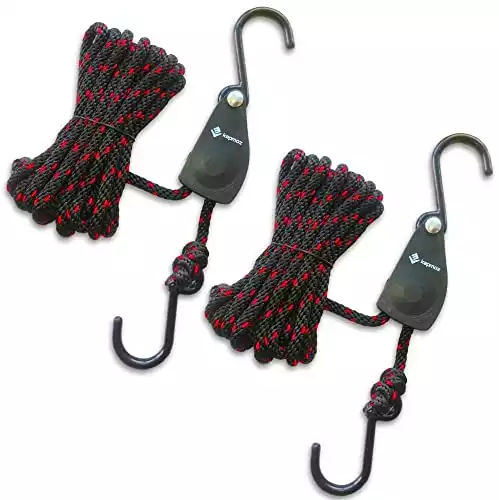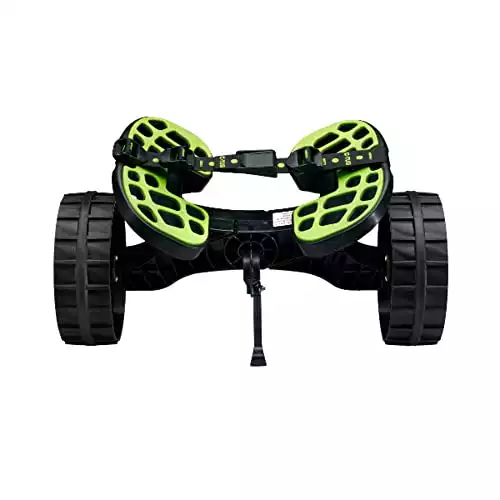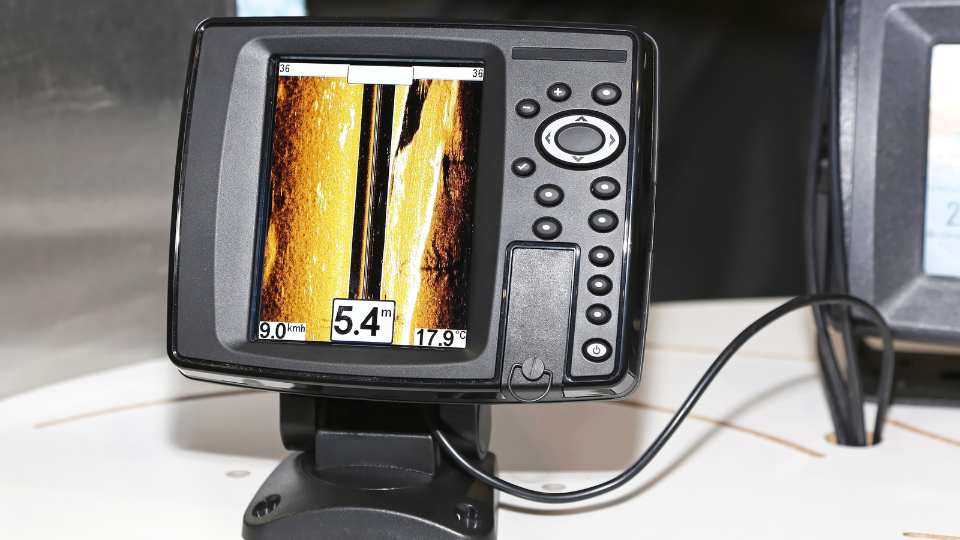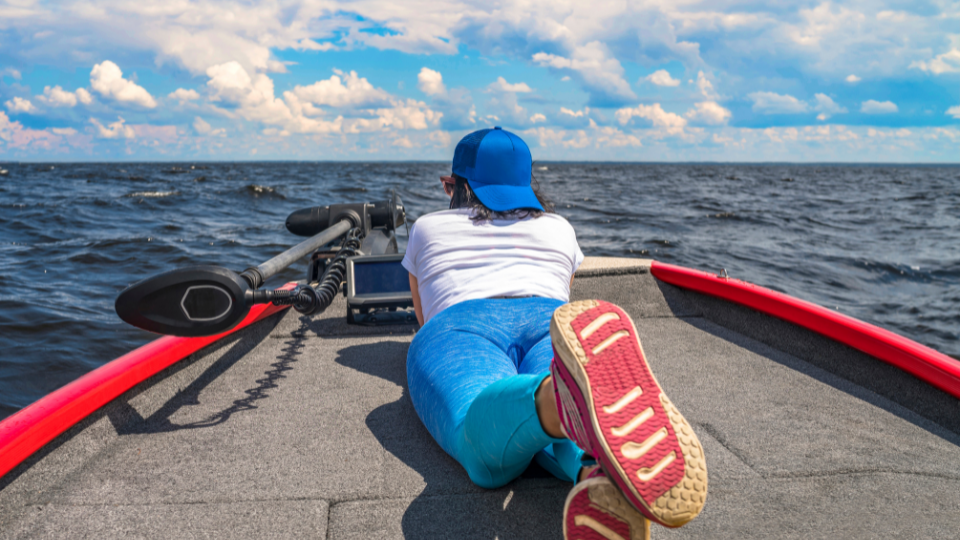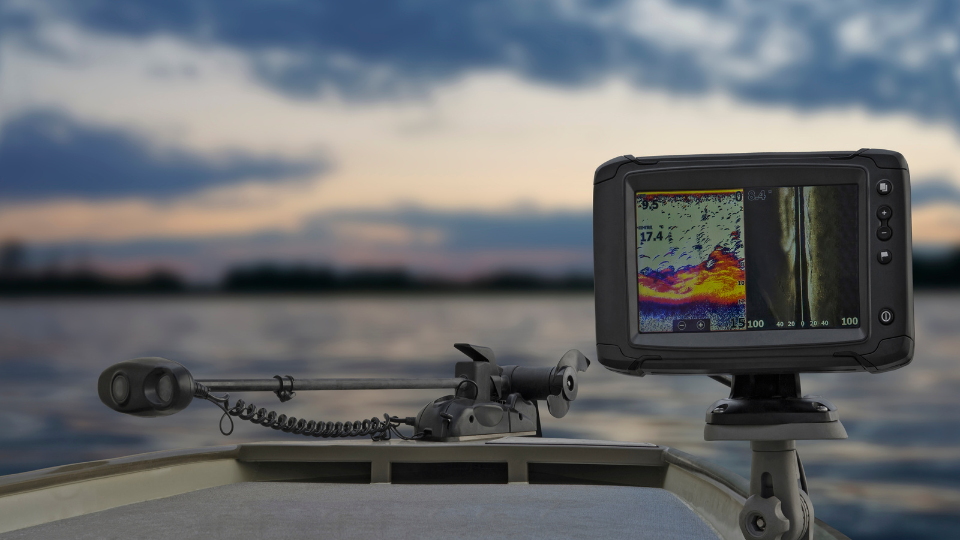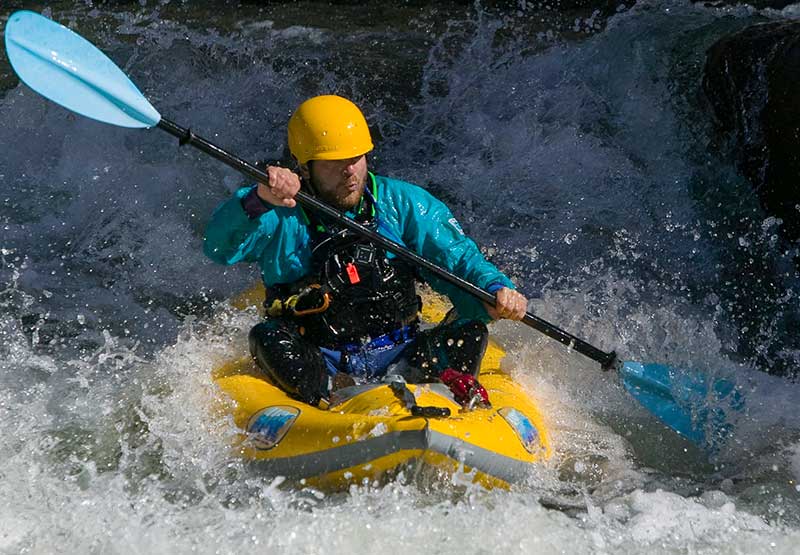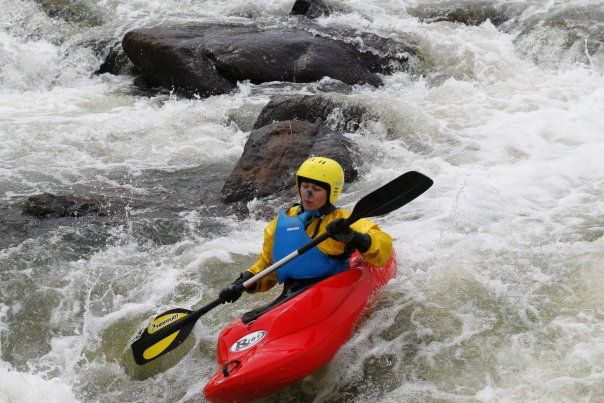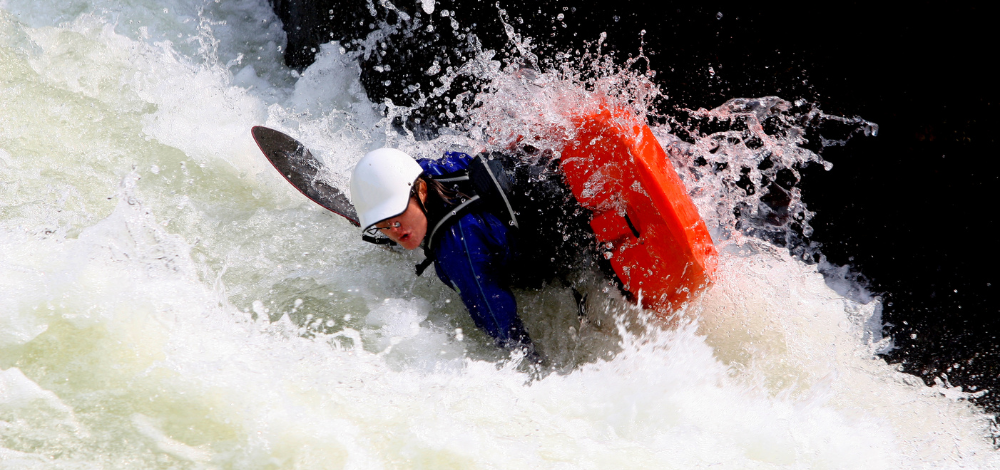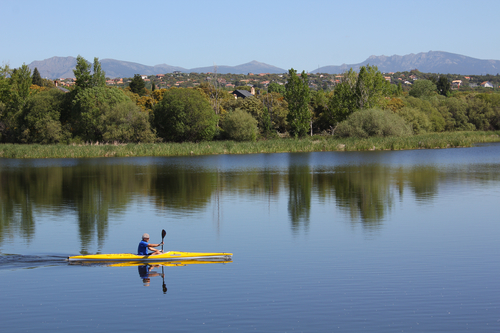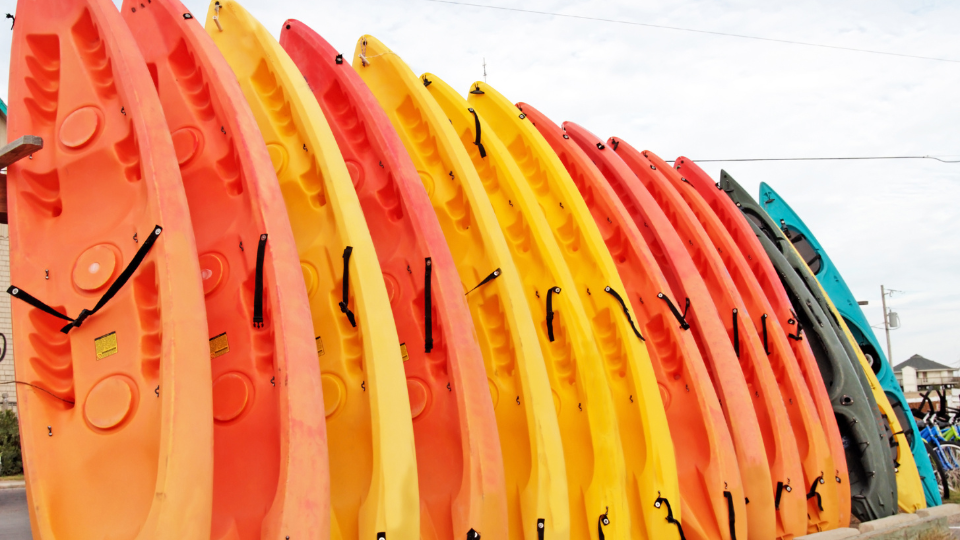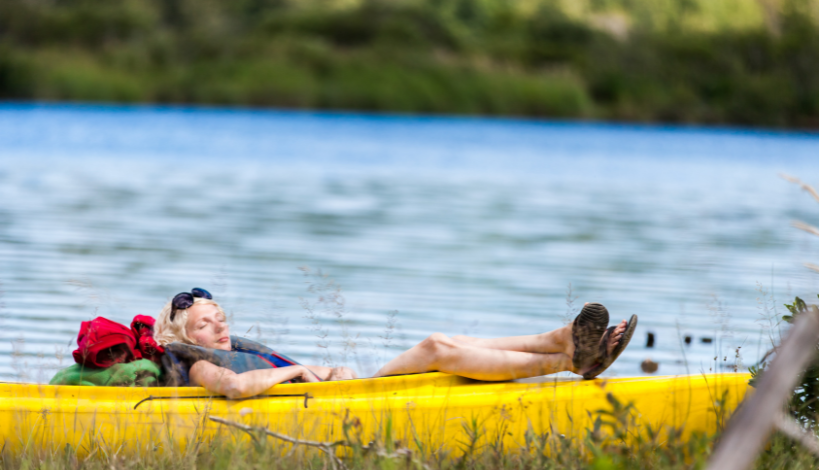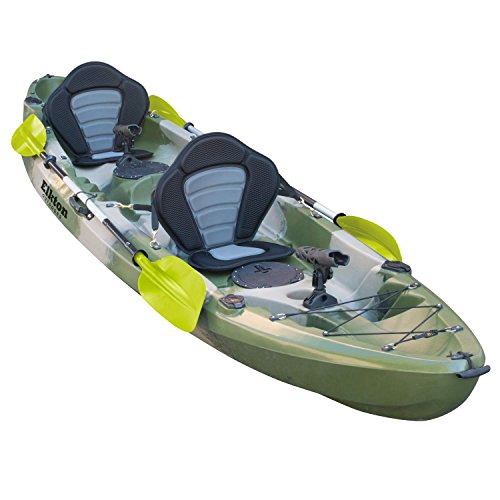When it comes to finding a high-quality foldable kayak, few brands match the quality and range of Oru Kayak. Their foldable kayaks are made from high-quality materials and offer easy assembly and disassembly, which makes it ideal for those who want a reliable and portable kayak.
Hands down, the Oru folding kayaks are some of my favorite purchases over the last decade!
If you’re in the market for a new Oru and aren’t sure which one to buy, don’t worry: I own the Bay ST as well as the Beach LT and am happy to discuss the main differences and hopefully help you decide between the two. Let’s have some fun!
Oru Bay ST vs Beach LT: 5 Main Factors to Consider
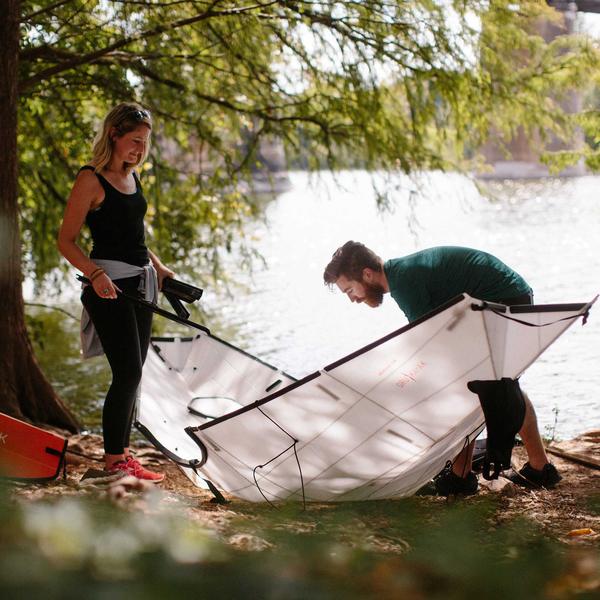
Okay, so below, I’m going to break things down into five main factors so you can learn a little more about the Bay ST vs the Beach LT. When you look at the details, you’ll realize that each one is built for a different purpose.
One thing I can tell you for sure is that Oru kayaks are built with durability and portability in mind and I love all the Oru kayaks I’ve accumulated over the years. Let’s talk about the differences in both models:
#1. Construction and Design
The Bay ST and Beach LT are made of similar materials but with different designs.
The Bay ST was designed for speed and performance, making it a great option for those who want to use it in calm lakes and mild rivers.
The Beach LT, on the other hand, was designed for recreational paddling, sunbathing, and fun out on the water. Its design is wider, making it more stable and easier to maneuver.
If you’re looking for something more versatile, Bay ST is a great choice as it is designed to handle a variety of water conditions.
#2. Weight and Portability
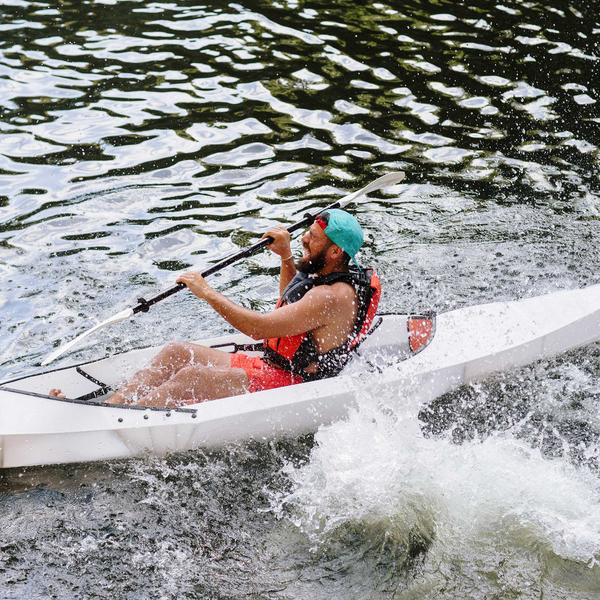
When it comes to weight, the Beach LT is the lighter option at only 26 pounds.
While the Bay ST is slightly heavier, weighing 28 pounds, it’s still lightweight and easy to carry around.
Both models have compact designs—the Bay ST folds up into a 33″ x 12″ x 29″ backpack while the Beach LT folds up into a 33″ x 12″ x 29″ suitcase—and can be easily transported in the trunk of a car or on public transport.
#3. Price
When it comes to picking between the two models, price is no small consideration.
The Bay ST is Oru Kayak’s flagship model, and so it is priced slightly more expensive than the Beach LT model.
However, with the Bay ST, you also get more speed and performance making it a worthwhile investment for more experienced paddlers. Meanwhile, the Beach LT is an affordable option that provides plenty of fun and versatility on the water.
#4. Setup Time
Both models are designed for easy setup and disassembly which is something that makes them incredibly convenient and practical.
The Bay ST takes around 10-15 minutes to assemble whereas the Beach LT takes even less time—about 7-10 minutes.
That said, even if you are using the Bay ST for the first time, it’s a relatively straightforward process that shouldn’t take too long.
#5. Seating
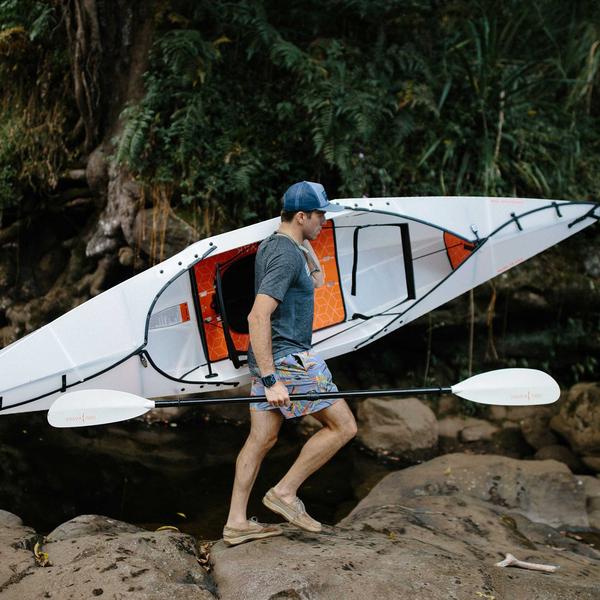
The Bay ST and Beach LT both feature comfortable and adjustable seats for different paddling positions.
The Bay ST, however, offers a higher seat, which makes it ideal for taller paddlers.
The Beach LT’s seat is lower and leans back, giving you great support, making it easier to relax and enjoy the view. Additionally, the Beach LT offers more legroom and space which makes it ideal for taller people who find it difficult to fit into cramped spaces.
Is the Oru Bay ST as Durable as the Beach LT?
Yes. Both the Bay ST and Beach LT are made of high-quality, tear-resistant materials that are designed to last for years.
The Bay ST is built with a custom polypropylene shell that is very durable while the Beach LT features an HDPE plastic base which makes it ideal for those who want something lightweight but still strong enough to handle some rough waters.
Which One Has More Storage Room: the Bay ST or the Beach LT?
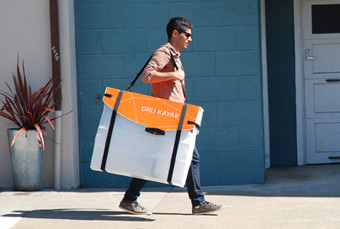
The Beach LT offers more storage room than the Bay ST, with two large side pockets and a spacious front compartment. This makes it ideal for those who need to bring along extra gear or luggage on their paddling trips.
The Bay ST has less space but still offers plenty of room for smaller items like keys, wallets, or snacks.
Which of the Two Models Has Better Tracking?
The Bay ST has the advantage in tracking due to its narrower and longer hull design. This makes it easier to cut through the water and gives it more stability when you’re paddling in a straight line.
Which One of These Two Models Has More Legroom?
The Beach LT has more legroom than the Bay ST, which makes it a great option for taller paddlers who want to be comfortable while they paddle.
What are the Weight Limits of Both Models?
Both models have a 300-pound maximum capacity, meaning they can accommodate one adult and some gear.
Conclusion
Choosing between the Oru Bay ST and Beach LT models can be tough. After all, they are both incredibly high-quality, foldable kayaks that offer plenty of fun on the water.
Whichever one you choose, first make sure you have considered what type of water you’ll be using it in. If you’ve done that, your decision will fall in place.
As for me, I love using the Bay ST in calm waters and I’ve used the Beach LT with other Oru lovers for beach kayaking. They’ve both served me crazy well for a long, long time.

